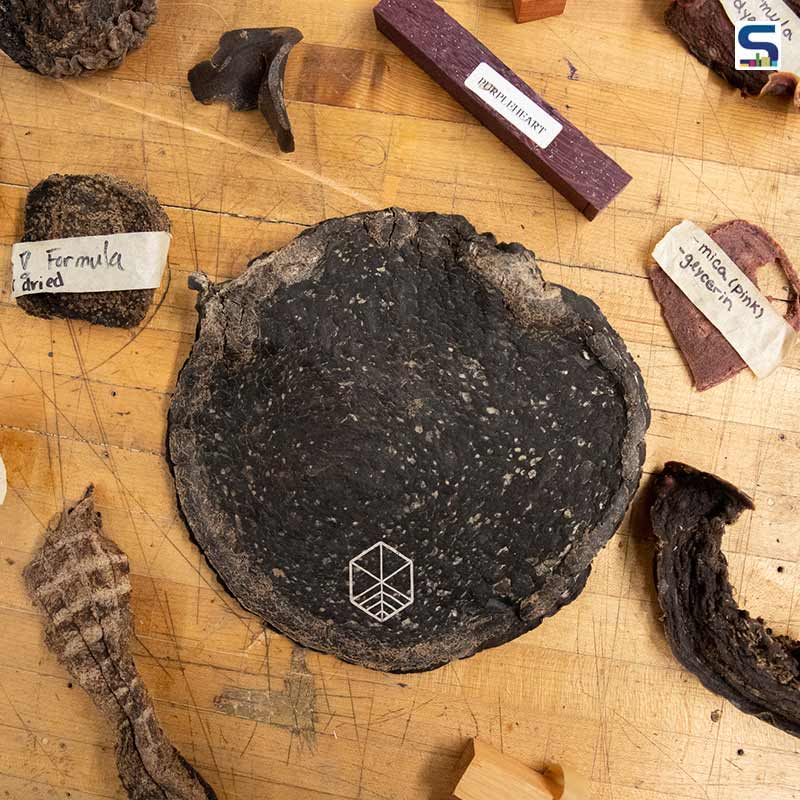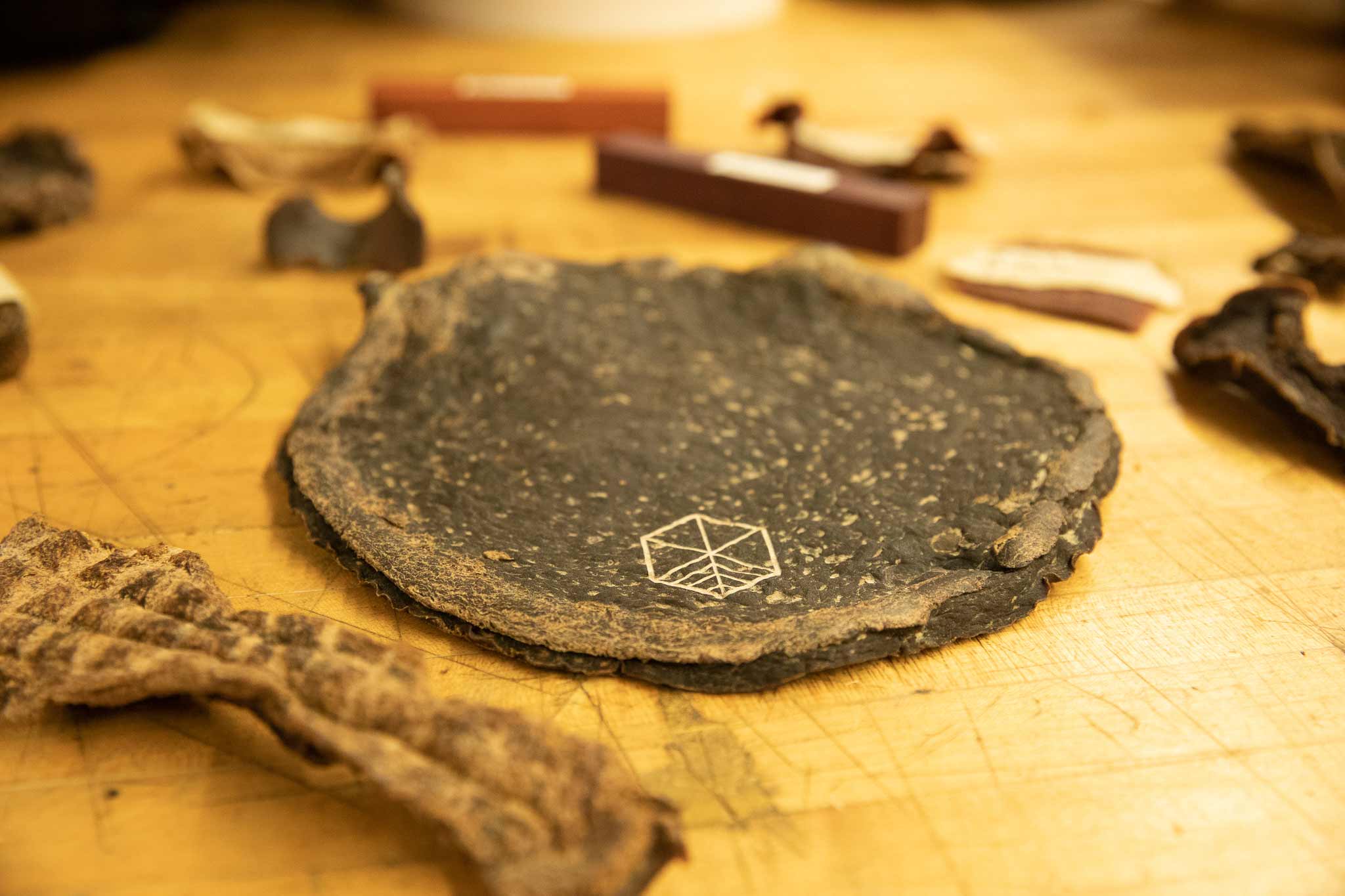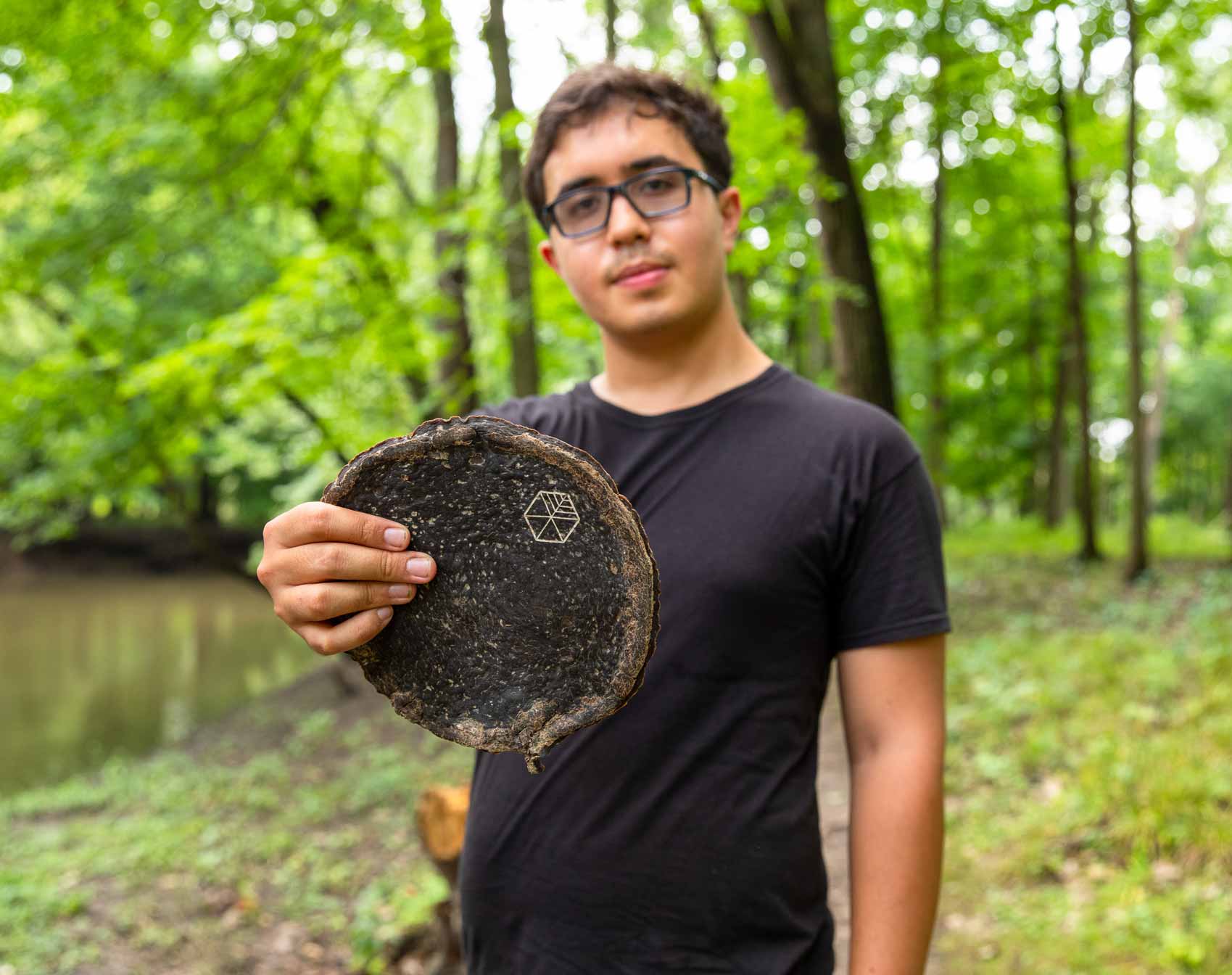
Green warrior, Gabe Tavas, recently bagged the American James Dyson Award for ingeniously creating an alternative wood substitute made from kombucha brewing waste called Pyrus. Little did Tavas know, a university submission for the Biodesign Challenge (BDC) – an education programme and competition – would further inspire him to create a substitute for wood. Reminiscing on his experience, he narrates, “I was inspired by a growing field called Biodesign. BDC runs an annual competition in which students from around the world are encouraged to pull insights from nature and use living organisms to create more environmentally conscious products. I helped organise my university’s (University of Illinois) first-ever entry in this competition after I attended the BDC summit in 2019. The projects that I saw during that summit left me in awe and convinced me that much of the future of human innovation lies in the intersection of biology and design.”
While cellulose helps in forming a basic shape and framework, lignin works like glue. Chemically similar to tree-based wood, Pyrus is a wood-like material made out of bacterial cellulose that is sourced from the kombucha industry.
Process
Primarily wood has two essential components, namely cellulose and lignin. While cellulose helps in forming a basic shape and framework, lignin works like glue. Chemically similar to tree-based wood, Pyrus is a wood-like material made out of bacterial cellulose that is sourced from the kombucha industry.

Cellulose forms one of the main molecules comprising all forms of wood. The slimy, clear sheets of bacterial cellulose are blended to an even consistency and then embedded in a gel that dries and compresses over several days. During its postprocessing, the sheets are placed under a mechanical press to form a flat sheet of wood-like material.

Initially, Tavas stimulated cellulose by feeding cultures of the bacteria with minute quantities of sugar-rich food waste from his university’s dining halls to create real exotic wood. “There was captivation even with the prototype, which could fit in someone’s hand. Although naturally, people wanted to see larger samples before they could imagine constructing finished products with it,” says Tavas, as he recollects the response on creating the prototype.

Features
- An alternative wood substitute made from kombucha brewing waste v Hard and brown with a rigid surface that resembles many dense, colourful exotic woods
- Made without harming a single tree v Relatively waste-free compared to wood and is petroleum-free
- Can be processed on common manufacturing tools like wood saws, laser cutters and CNC machines
- Although it is not naturally water-resistant, it can be mixed with additives or coated with standard finishes like shellac to improve its durability
- Safer to work with as it does not produce extractives that may trigger asthma and skin irritation for the woodworker
Future of Pyrus
Although at present Pyrus is not commercially available in different colours, Tavas and his team have successfully produced coloured samples as part of their research and development. With a little beyond the experimental stage, Pyrus is transformed into small finished products such as functional guitar picks and jewellery which are being sold on Symmetry – another one of Tavas’ creations to fund operations and research.